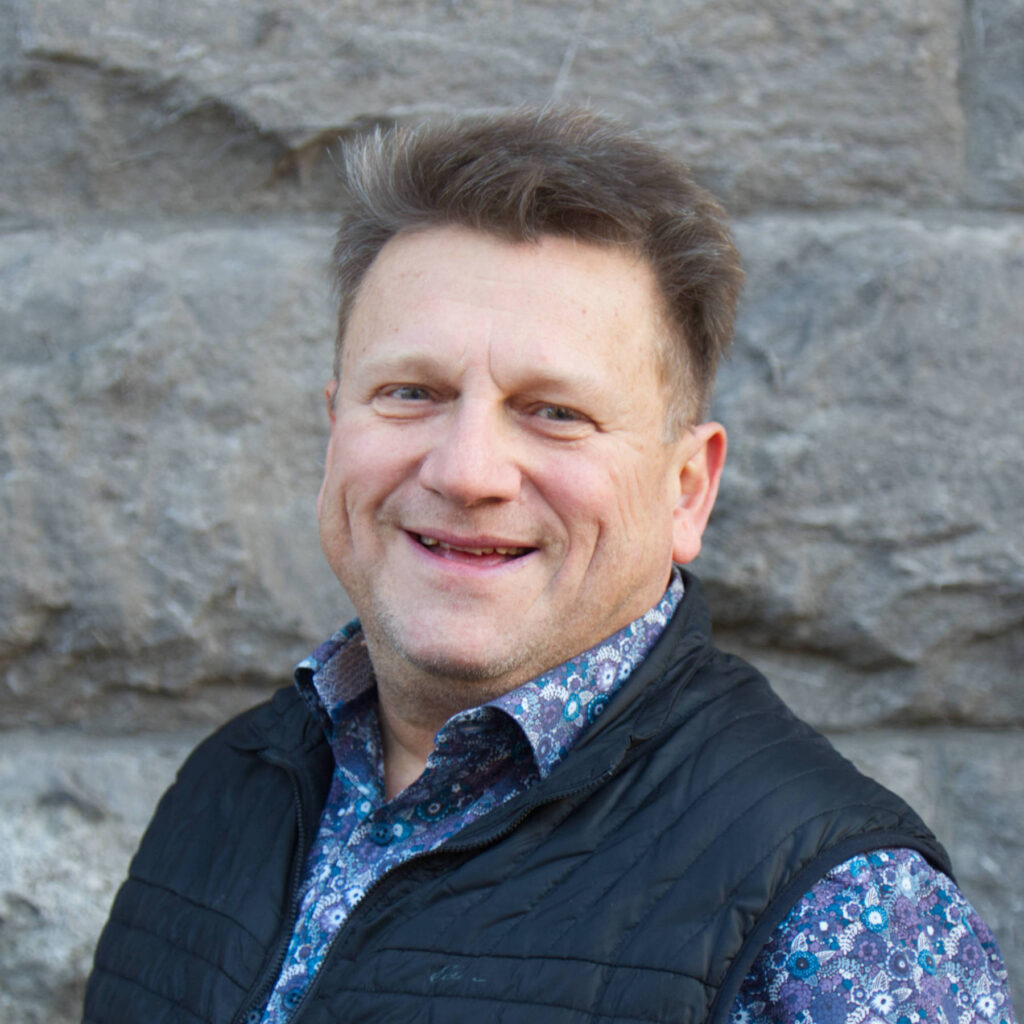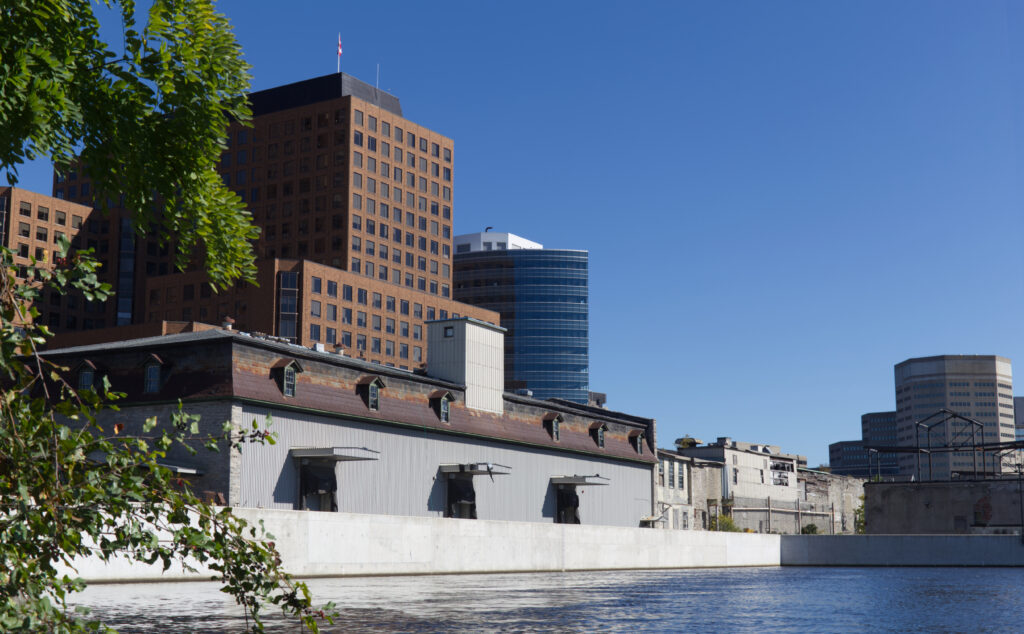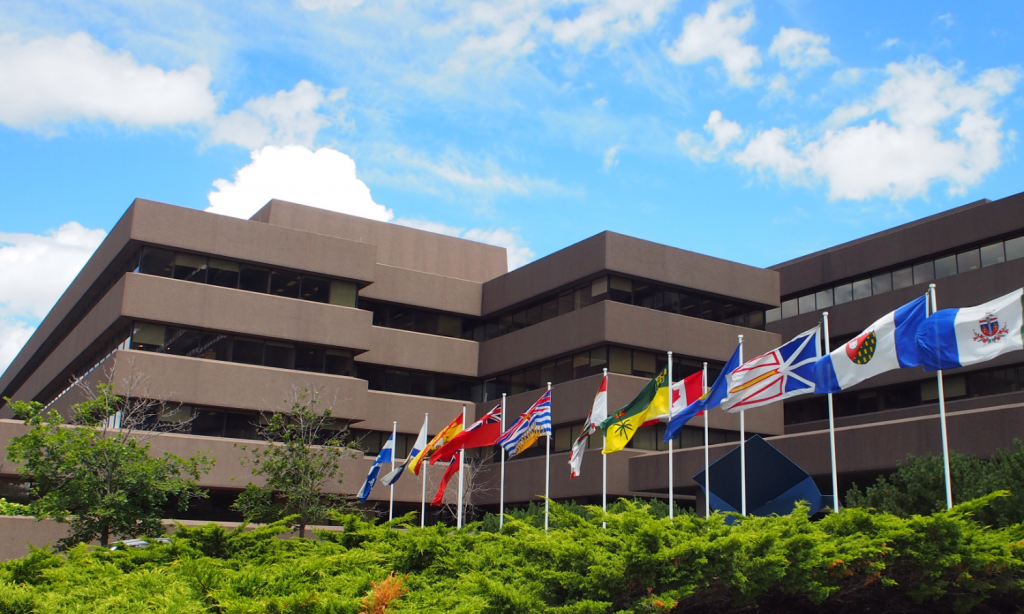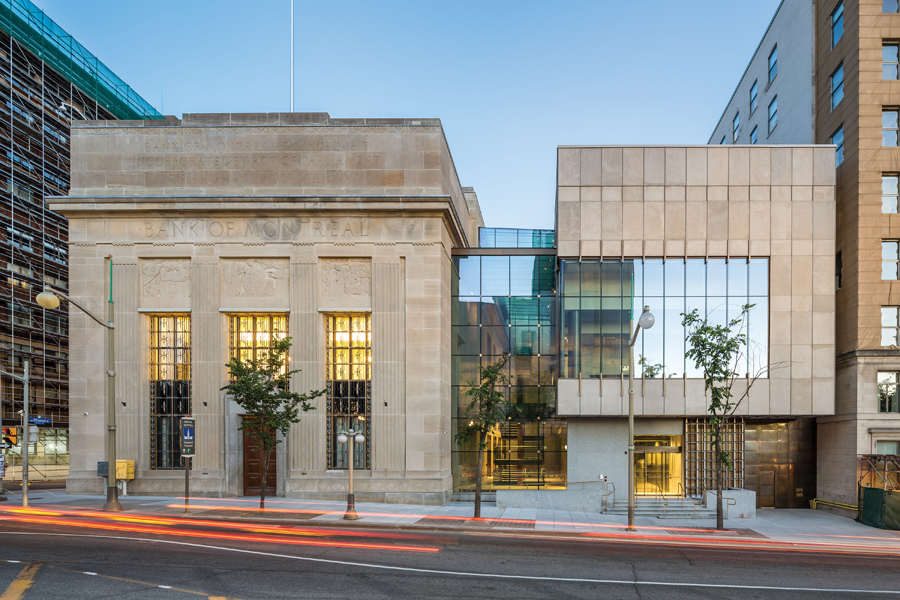
Mark Thompson Brandt
I have been around long enough to see the layers of evolution in thinking within our profession. I reject mere surface manipulation, facile and shallow attempts at simply playing out the logistics for the outdated thinking of post-war development that still, astonishingly, lingers somewhat today. I am inspired by those who collaborate widely, apply passion and purpose to achieving great advancements and beauty, who work toward excellence in all aspects of our built environment, from the smallest detail to the grandest gestures.
Exploring Architecture, Urbanism and Conservation
Triggered by an inspirational thesis research term in Roma, that cradle of civilization and rich pageant of life, change and cultural heritage, I have spent my career so far searching for improvements to the human condition through the lenses of public domain quality, respect for past layers while serving current/future needs, and valuing existing resources. Thoughtful positioning of the macro (city and district) and micro (single infill building; entry details) scales, and understanding how they interconnect, is also a high priority in my work. I am as comfortable with designing a single assembly detail as with a neighbourhood master plan.
I believe that we are in the global position where we must, to resolve our current challenges in the built environment, use a hybrid combination of:
+ employing technological innovation and;
+ following the approaches from nature.
There is so much we can still learn from nature and from the ways of knowing of Indigenous peoples. The time of peak oil and peak automobile are in the rear view mirror. That period provided many advancements for humanity, but swung the pendulum too far one way. Now, intense and broad collaboration, with a natural healing and humane approach to our built environment will mean better cities and better living on our little blue planet. There is no Planet B. We must quickly revitalize, nurture, and creatively & poetically rehabilitate, reuse, and reawaken our world: We are all one.
Interest The Learning Equation
The youngest member ever of the Solar Energy Society of Canada (at 12 years old), I went on to earn a Bachelor of Architecture (1982) and Bachelor of Environmental Design Science (1980) from Dalhousie University (Dal), Nova Scotia, and undertook Environmental Design studies at the University of Waterloo (UW), Ontario. I completed a joint Dal/UW research thesis in architecture and urban design in Rome, Italy (1981) and accomplished postgraduate studies in Architectural Restoration and Conservation with Dalhousie (1997), Cultural Landscapes at Willowbank Centre and Rutgers University (2012), and numerous advanced learning courses and certificates. Needless to say, I am a voracious life-long learner!
As my career has progressed, I have also become a teacher. Formerly a part-time prof at Algonquin College Architectural Design, a part-time visiting lecturer/guest critic at Carleton University School of Architecture, and a guest lecturer at UQAM School of Architecture, I also have been active with Carleton’s initiatives such as the NSERC Create Heritage Engineering Program. But the greatest share of my teaching has come in our firm’s studio, where we have helped many a student and recent grad take the next steps forward in our profession, for the last 30 years. I am proud to say that one of them, Chris Warden, is now a Partner and is critical to our firm’s advancement going forward. We are all now a collaborative collective, learning from each other, to produce the optimal results for our clients.
Interest Embodied Carbon & Life Cycle Assessment
Since 2010, when I was asked to Chair the first-ever CaGBC Canada Green Building Council Existing Buildings Committee (and we then partnered with the City of Ottawa to produce a day-long ground-breaking Symposium on Decarbonizing Existing Buildings, with participation from across the built environment sectors), I have been preaching the value of our existing buildings and the need to rehabilitate and decarbonize them. They represent 40% of our GHG emissions. There is no single other item/category that produces this high a level of carbon pollution. None.
So I have spent extraordinary time to “take the temperature” of this situation and my belief is that the Architecture Profession must change; it must make a paradigm shift toward rehabilitation, retrofit, reuse, and restoration of our existing and historic buildings. It needs to change in the Schools, in the Association offices, and in all practitioners’ offices, to re-focus on valuing our existing resources and decarbonizing our built environment. By reusing a building instead of demolishing and building new, we leverage the avoided carbon that is already embedded in the existing building. To make better decisions, we need to better understand the carbon allowance of new and existing. To achieve that, we must become more fluent in Life Cycle Carbon Assessment. But all this takes a mindset change through all sectors of society. Are you in?
Select Publications
- Author | Buildings and stories: mindset, climate change and mid-century modern
- Primary Author | Climate Chaos and Heritage Conservation Values: The Urgency for Action
- Author | A Key Link Between Conservation of our Built Environment, Sustainability and Climate Change
- Co-Author | Building Resilience: Practical Guidelines for the Sustainable Rehabilitation of Buildings in Canada (2016)



